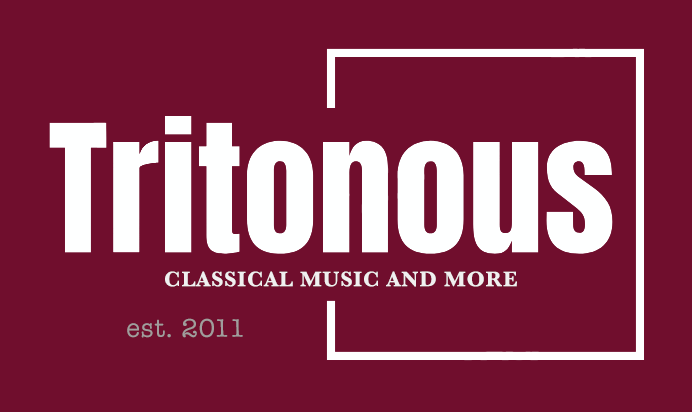Ella Fitzgerald
What is it about Ella’s voice that makes it not only unique, but compelling? She was born April 25th 1917 in Newport News, Virginia, 108 years ago today, and died June 15th, 1996, not quite making it to her 80th birthday.
But that voice lives on, in our collective memory and in her many recordings. I can’t hear some Great American Songbook classics without hearing them in her voice.
Ella Fitzgerald Sings the Cole Porter Song Book was the first of nine ‘Song Book’ sets she recorded between 1956 and 1964. Collectively, they are the Great American Songbook, from standards to rarities, and mark the point where Ella crossed over from the love of jazz aficionados to universal audience acclaim. Whoever sang them before, and whoever has sung them since, those songs are made definitive by that voice, often paired with great Nelson Riddle arrangements.
On Ella Sings the Duke Ellington Song Book, she was joined by the Duke himself and his longtime collaborator Billy Strayhorn who appeared on half the set’s 38 tracks and wrote two new pieces of music for the album: ‘The E and D Blues’ and a four-movement musical portrait of Ella.
But there was much more to the girl from Newport News than those great recordings. She wasn’t a pretty girl and after a miserable childhood she had no idea how to dress or take care of her appearance, but she could dance and so she went to the Apollo Theatre in Harlem one cold night in November, 1934, intending to compete in their Amateur contest as a dancer. She was so intimidated by a local dance duo on stage before her, that she opted to sing instead. She won, and the prize was a weeklong appearance at the Apollo but the theatre manager found her so unattractive that he wouldn’t give her that part of her prize.
After a struggle, she won a place with the Chick Webb Band. Webb was reluctant to sign her “because she was gawky and unkempt, a ‘diamond in the rough’,” but she was a hit with audiences from Harlem to Yale and became essential to the success of the Band, recording more than 150 songs with it, including major hits such as (If You Can’t Sing It) You’ll Have to Swing It (Mr. Paganini). On Webb’s death, she became its leader and renamed it Ella Fitzgerald and her Famous Orchestra.
It was her 1938 version of the nursery rhyme, A-Tisket, A-Tasket, which she co-wrote, that became a major hit on the radio and was one of the biggest-selling records of the decade. She also wrote and performed with the Benny Goodman Orchestra, Dizzy Gillespie’s Big Band, and her own side project, known as Ella Fitzgerald and Her Savoy Eight.
With the demise of the swing era and the decline of the great touring big bands, a major change in jazz music occurred with the advent of bebop. Influenced by her work with Dizzy Gillespie, Fitzgerald started including scat singing as a major part of her performance repertoire. She recalled: “I just tried to do with my voice what I heard the horns in the band doing.”
What she was doing was a kind of musical miracle, unlike any jazz or popular singer had done before.
So what is it about that voice makes us stop whatever we’re doing and listen, even when we are doing something important? It could be her purity of tone, impeccable diction, phrasing, timing, intonation, perfect pitch, and that ‘horn-like’ improvisational ability in her scat singing. Or is all of these, plus that ineffable ‘something’ that we can’t define but we know it when we hear it?
Here she is, Ella with Duke Ellington on the Ed Sullivan Show on March 7, 1965, as fresh and new as if she’d recorded it yesterday and as timeless as history.
The post Ruth Leon recommends… Ella Fitzgerald – It Don’t Mean a Thing (If It Ain’t Got That Swing) appeared first on Slippedisc.











